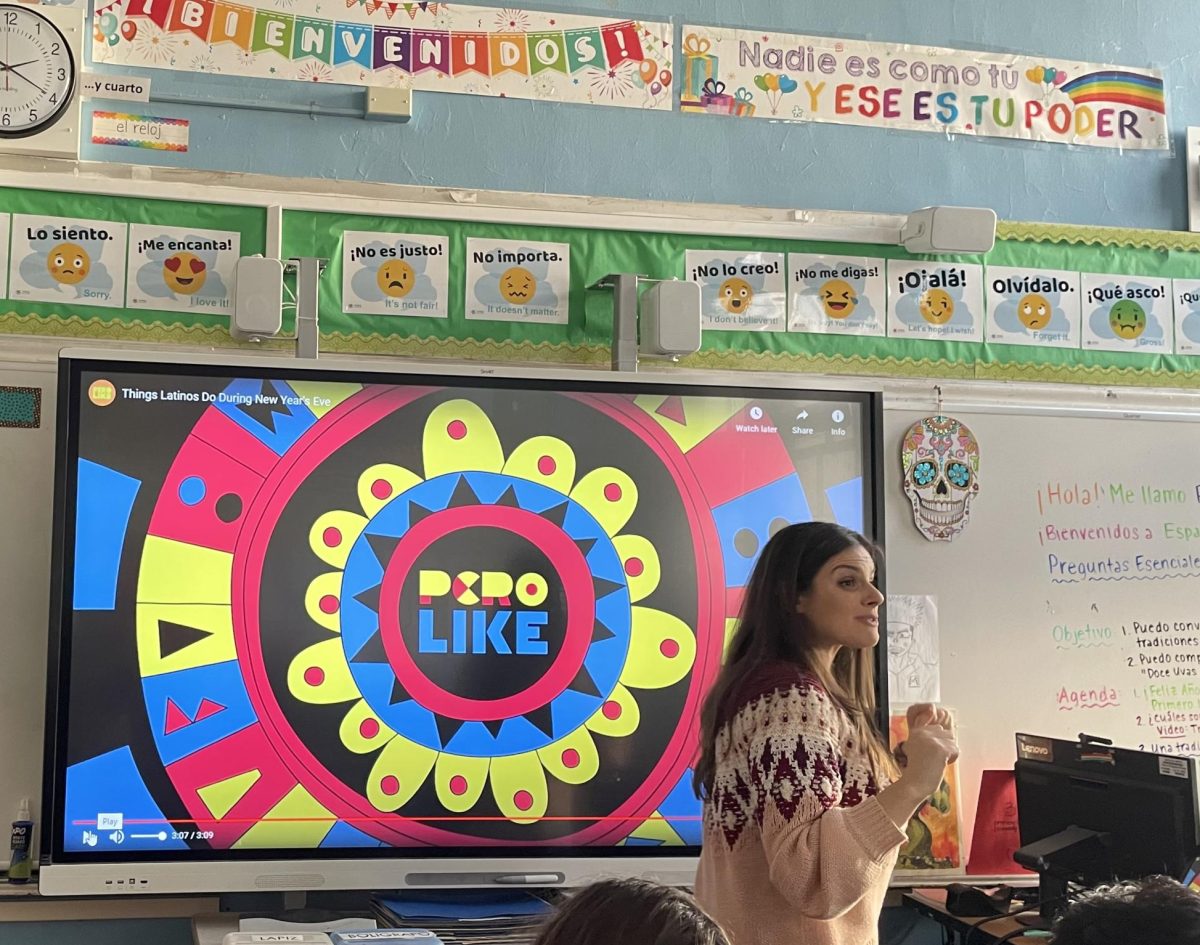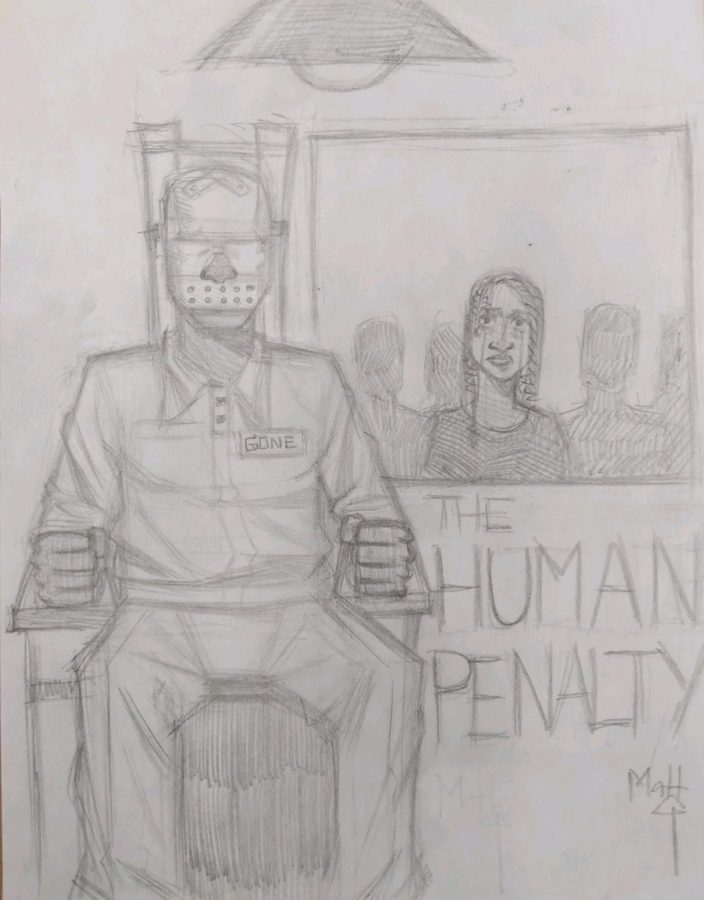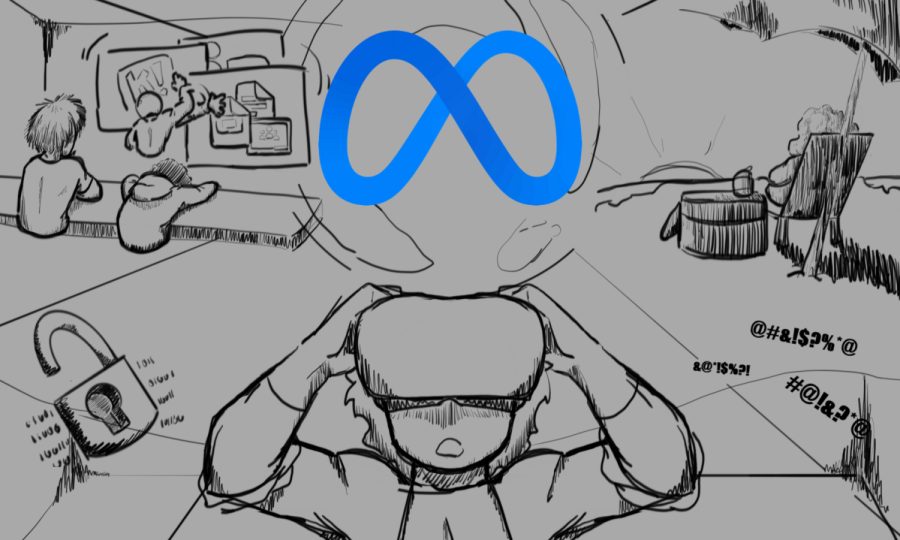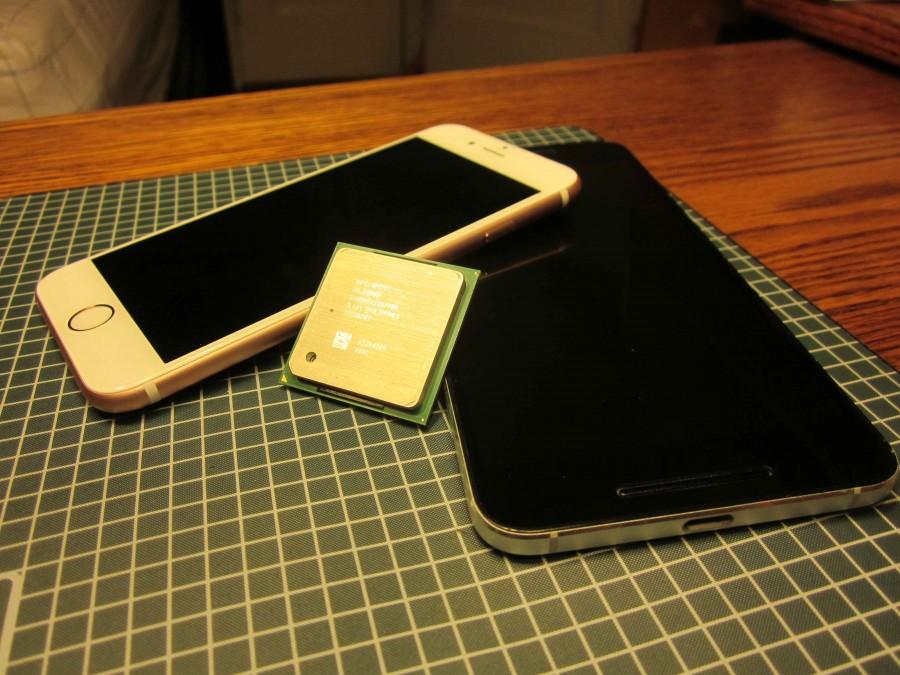The Brains Behind our Tech
March 9, 2016
01001000 01100101 01101100 01101100 01101111. This is how a computer sees the word Hello.
All around us information is used, stored, transferred, and processed, and nearly every object that uses electricity processes this digital information in one way or another. Cell phones and computers are everywhere. According to PEW Research Center, a nonpartisan research institute, “84% of all American adults have personal access to the internet.” But, even without internet access, “90% of all Americans own a cell phone.”
It’s insane how much information our society processes on a daily basis. ACI, an aggregator of social media publications authored by professionals, says that just Google by itself “processes 20 petabytes of information per day” (20 petabytes is equal to the storage capacity of 1,250,000 16gb iPhones). By comparison, “all of the written works of mankind created since the beginning of recorded history in all languages equals 50 petabytes of information.”
We have all of this information, and, for some reason, not many people ask how that post on Facebook, or the cat video on YouTube, could have ever been just a string of 1’s and 0’s.
It all starts with the brain of the computer: its processor. This is the small chip that is used to compute any and all info that comes in or out of a device. When a processor is taken out of a computer, it typically looks like a flat grey square with a lot of connection points sticking out the underside. These small connection points are what let data travel in and out of the processor. When data travels inside the processor, it is met with what is called a transistor.
MBHS ninth grader, Lana Whealy, who is currently attempting to design a transistor, describes it like a small switch, with an input and an output, and a small break in between. These “switches” turn on and off at 2,000,000 times a second. When the transistor is off, it can be represented as a 0, and, when it’s on, it can be represented as a 1. These 1’s and 0’s are called bits. Y
outuber Kurzgesagt explains that “combinations of several bits are used to represent more complex information” such as a text or a video.
Inside of the processor, a few transistors working together can make up what is called a logic gate. Logic gates are mechanisms used by the computer in order to interact with the data that all of the transistor’s process. For example, one of the simplest kinds of logic gates is the “and” gate. An “and” gate will only activate if two or more of the transistors inside of it are active.
So, if you wanted to log into Facebook, you would have to activate the transistors saying that you are looking at the Facebook page and that you clicked on the login button. When both of those conditions are met, the logic gate activates and you can look at your Facebook news feed.












